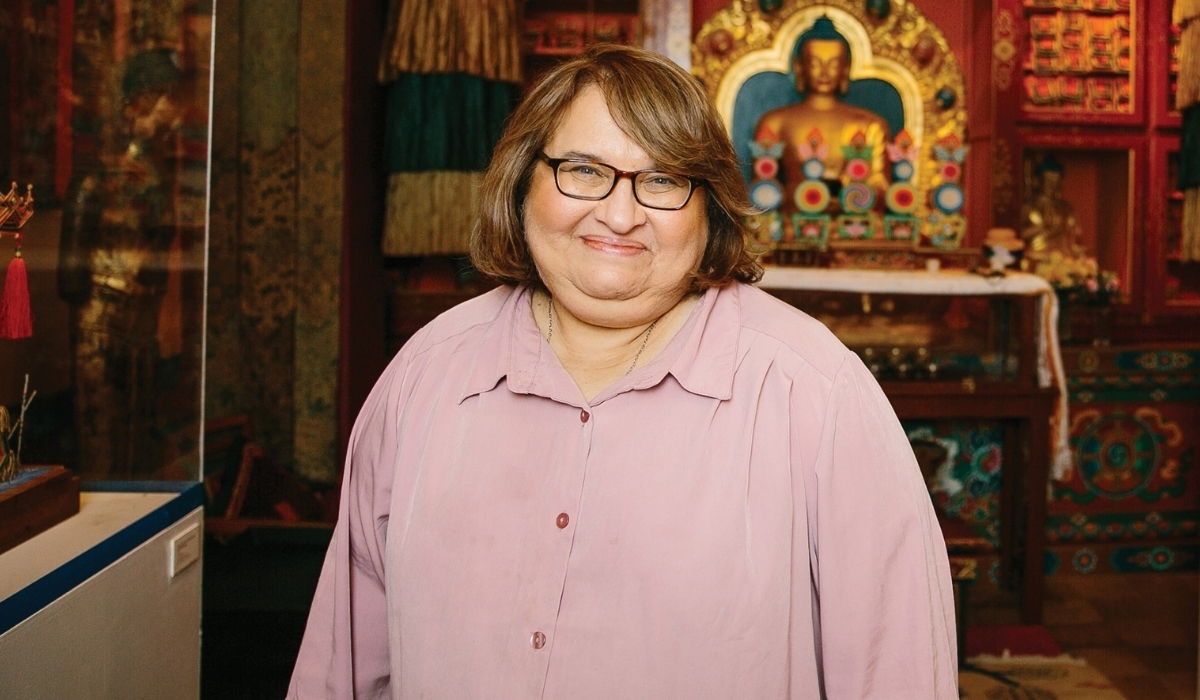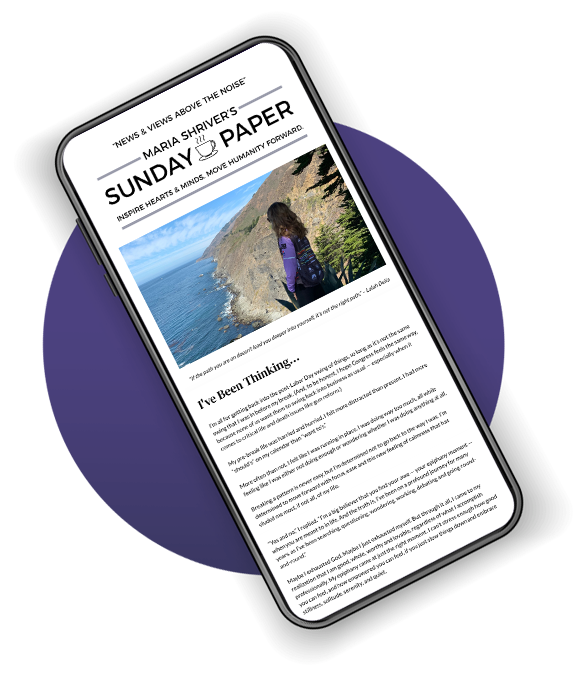Finding Wholeness in a Grim Time

My friend was feeling pretty happy a few days ago and then felt awful about that. Her sister called to ask how she was doing, and my friend responded, “Great!” There was a long pause between them, then her sister said softly, “Not a lot of people say that these days.” Immediately my friend felt terrible, as if being happy was a privilege, or irresponsible, when so many people were facing such tough times.
Why is it we feel so bad about being happy?
In the online classes I teach, I see so much unhappiness everywhere. Recently, taking questions at an online retreat, an elementary school teacher described how difficult it was to teach because her students were listless, unfocused and sad. Those children reflect what I see in the faces of many of my adult students. At this point, we are largely exhausted, and I sense many are giving up. People who started out quarantine with strong plans, like making sure to do yoga every day and keeping a gratitude journal, may have stopped now. Without those anchors for the body and the spirit there is more room for sorrow.
I appreciate how it can seem futile to try to find joy, and also how we doubt the moments when we feel it. I’ve also seen how we can have a distorted relationship to joy. Either to be so distracted we don’t even take it in, or feel because there is so much pain, this modicum of joy is not good enough. Joy doesn’t meet our impossible standards, and cannot quench our aching need for it to stay.
How meditation helps is the way it opens to the truth that all of these emotions and reactions—grief alongside love, yearning and regret or joy amid pain and sorrow—can be alive within us simultaneously. The tool kit I bring to not getting stuck in the face of fear is mindfulness and lovingkindness practice, which I have trained and taught for four decades. Mindfulness has helped me not become fixated on the most urgent feeling; I remember to create space for all emotions to take their places alongside the others. Anger comes and goes. Sorrow comes and goes. And there is room for joy. Meditation reminds me of my commitment to holding it all.
What does holding it all mean in the face of so much feeling? For insight into this I hosted an online forum with some of the survivors and the families of the 17 people who were killed in the Parkland, FL shooting at Marjorie Stoneman Douglas High school. In the years since that tragedy, I have taught meditation to a group of them, gotten close to the community, and included the words of several in my new book, Real Change: Mindfulness to Heal Ourselves and the World.
Among the members of the community in the book and at the forum is Samantha Kaufman, whose mother is a teacher at the high school. Samantha recalled the days after the shooting when “I had to find ways to motivate myself to get up and walk out the door.” The first time I went to Parkland to teach meditation, Samantha said, “I feel very weird having this incredible experience with you, knowing it is only happening because that horrible thing happened. I don’t know how to get over that to fully appreciate this.” I replied, “I don’t think we ever get over it, I think we learn to hold them both.”
With her mindfulness practice, Samantha recognized that prior to the shooting she had a “very binary way of thinking about emotions. I could be happy, or I could be sad. I didn’t think that we could hold more than one emotion at the same time.”
Samantha now cherishes the Chinese symbol of equanimity, yin and yang. As Samantha put it, “It’s easy to get lost in the darkness when it is so relentless. I’ve learned a lot in holding both. When we are in the depths of darkness, the light is implicit. And when we are in the moments of light, the darkness is implicit and acknowledged. I have also learned from thinking about yin and yang is that we can create the light.” Now when she’s having a tough day, her way out of it is to do something for someone. “Even though I cannot feel the light myself,” she said. “I’m going to share it with someone else.”
It’s that ability that see the yin and the yang in any moment that reveals our sense of wholeness. Instead of feeling avoidant of the pain, or too guilty to take in the joy, we can open our minds and hearts and be in touch with it all. Being that connected to ourselves allows us to feel connected to one another? It returns us to what is intact, what we can rely on when so much is disrupted. In a time of so much polarization, and sheer hatred filling the air, I try to take the advice of Mr. Rogers’ mother: “Look for the helpers.” In the midst of the chaos, without at all denying the suffering, we can also look for the helpers, for the love and compassion that exist in this world. We can look to the people who help, and be inspired. Then holding that inspiration alongside the honest recognition of suffering, we have the strength and the energy to get out of bed and do something that helps someone else.


